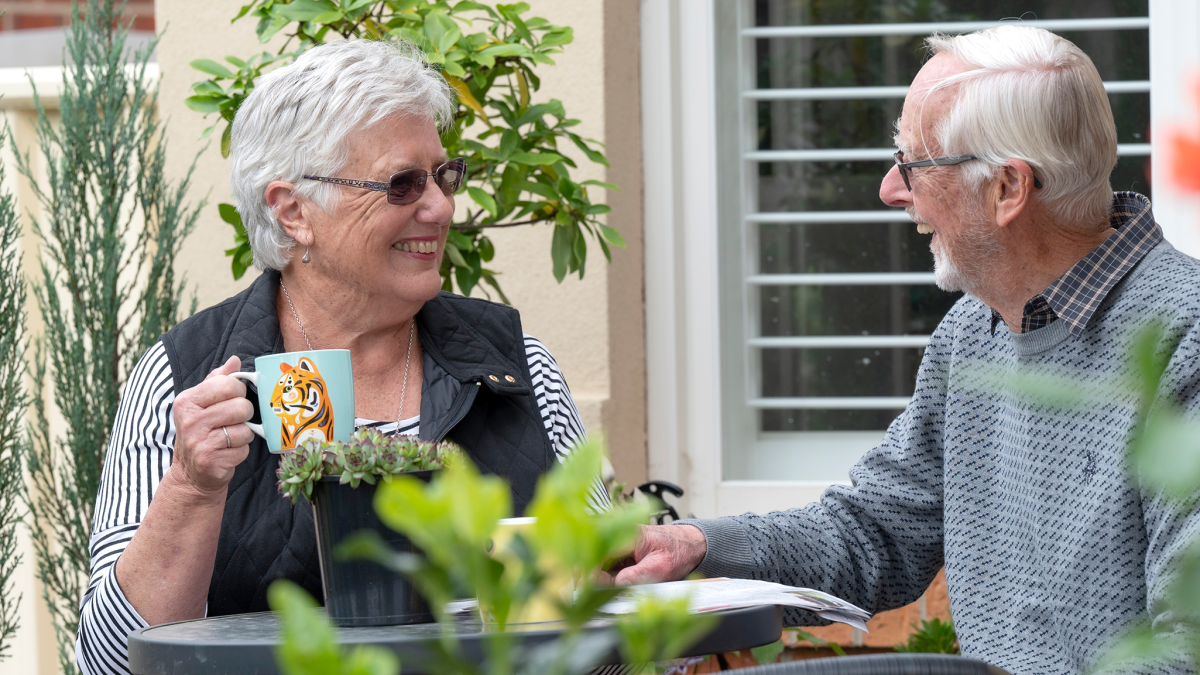Ageing in Place: How does living in Regional Australia change things?

Australia's regional areas are known for stunning landscapes, close-knit communities, and a slower pace of life. However, living regionally can pose a whole new set of challenges for older people.
Most people express a strong desire to ‘age in place;' which is to remain in their home and community for as long as possible. However, regional areas often have limited access to healthcare services, making it difficult for them to access the healthcare they need. This can lead to delayed diagnoses and reduced healthcare outcomes. When support is needed to keep ageing in place it can be difficult to find the right support and enough support to make a difference.
The Australian Institute of Health and Welfare (AIHW) reports that Australians living in rural and remote regions have higher levels of disease and injury. In fact, Australians in rural communities have a 20% higher incidence of chronic disease than people who live in metropolitan areas. Chronic conditions such as arthritis, cardiovascular and pulmonary disease or mental health conditions can also lead to increased social isolation, which is exacerbated by living remotely. Social connection is just as important to health as managing diseases.
Using technology to our advantage
The accelerated adoption of Telehealth services due to the COVID-19 pandemic has thrust many older adults into the digital space.
This has worked to increase their knowledge and confidence in technology - many have learned how to organise and attend appointments online and use digital devices that were previously unfamiliar territory.
The option to use virtual services improves access to care and reduces the need for travel – which can benefit both clients and practitioners. With an increasing demand for appointments, removing travel time allows practitioners to see more patients. Telehealth, if it is available at a client’s home location, also has the added benefit of allowing them to be in a comfortable and familiar environment.
Where to find support
For those living regionally, accessing appropriate allied health and exercise services is more difficult. Complicating this are many other barriers including the individual's knowledge of exercise prescription, self-motivation to participate, access to gyms or equipment, and the cost of accessing local services if they are available. Telecommunication initiatives like Southern Cross Care’s Better For Life in Country SA (BFLCSA) program and Telehealth services help to address these barriers.
These initiatives make access to health and wellness services more convenient by using online technology to:
- Improve access to care for rural clients
- Eliminate transportation issues for older adults living alone or with mobility problems
- Allow individuals with scheduling conflicts to access healthcare from home, a workplace, or when travelling
- Provide access to specialty care that is not available close to home
- Provide access to healthcare with fewer trips outside of the home.
For South Australian residents, the BFLCSA program offers affordable regular Exercise Physiology sessions over a 12 week period and regular assessments.
Telehealth services are also available that connect clients to allied health services including Dietetics, Exercise Physiology, Social Work, Occupational Therapy, and Carer Support.
These services are all critical in maintaining healthy ageing, and we strive to provide them in a way that is accessible and convenient for our clients. For more information call us on (08) 8179 6825.
Sources:
- https://www.aihw.gov.au/reports/rural-remote-australians/rural-and-remote-health
- https://nationalseniors.com.au/news/research/challenges-to-ageing-in-a-regional-area
- https://www.aihw.gov.au/reports/older-people/older-australia-at-a-glance/contents/diverse-groups-of-older-australians/regional-remote-communities
- https://insightplus.mja.com.au/2022/27/is-telehealth-really-the-great-panacea-for-rural-health/
Share this article

